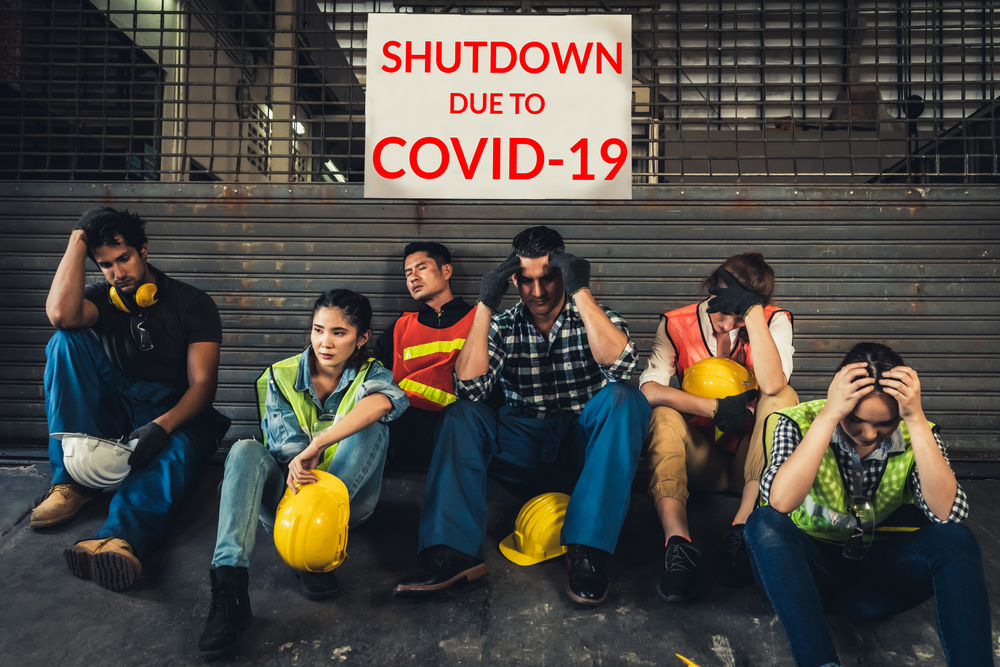 Are you a contractor performing work in California? Then you need a CSLB Contractor’s License.
Are you a contractor performing work in California? Then you need a CSLB Contractor’s License.
Although there are a number of contractor’s licenses covering a number of different types of work (like HVAC, plumbing, and so on), the most common type of contractor’s license you’ll need is a Class “B” General Building Contractor’s License.
What is a Class B License?
A B-Class or Class “B” Contractor’s License is a requirement for anyone performing contracting work in California that costs more than $500.
Since most jobs will cost more than that, if you’re doing any sort of general contracting work in California, you will need a Class B license or face severe penalties.
According to the CSLB’s website, a California general building contractors license allows a contractor to build a house or a shelter as long as framing or at least two unrelated trades are being performed.
For example, a general contractor cannot bid and perform on a project that only requires electrical work to be performed, but a general contractor can subcontract this work to a licensed electrician.
If the project requires both electrical and plumbing work, the general contractor can bid and perform on this contract.
As a general building contractor, you can not take any contracts that involve only one trade, unless the one trade is framing or carpentry.
Requirements for applying for a Class B license
The requirements for obtaining a B-Class License are:
- Be 18 years of age or older
- Have 4 years of verifiable experience and skills necessary to manage the daily activities of a construction business, including field supervision. In other words, 4 years of on-site work as a journeyman, foreman, supervisor, or contractor in general construction
- Obtain a Contractor’s Bond of $15,000. This amount will be raised to $25,000 in 2023.
- Pass The CSLB Exams. You must pass two examinations to get your Class B License – one law and business exam and one trade exam.
How do I get my Class B General Contractor’s License?
The steps to get your B-Class CSLB license are actually very straightforward. Here’s a step-by-step guide to getting your B-Class license.
- Determine your eligibility. Do you meet all the requirements laid out above?
- Apply for the test. Submit your application, pay the fees required, and send a fingerprint sample for a background check.
- Schedule an exam. Set a date for when you want to take the test.
- Pass the examinations. Take the two CSLB exams.
- Become certified! After you pass the exam, your license will be issued, so long as you can provide your Contractor’s Bond and pay the additional fees needed to receive your license. It takes about a week after your license is issued to receive your certificate!
Taking the CSLB Exam
The hardest part for contractors is the difficult CSLB exam. Many contractors will be just fine handling the trade part of the exam, but a large number of contractors struggle with the other part: the law and business exam.
The law and business exam is filled with many small details concerning old and rare laws. Without proper preparation, many good contractors can fail to get their licenses.
CSLS offers everything you need when it comes to passing the Class B General Contracting examination on the first try. Learn more about how CSLS can help you get your contracting license today!




